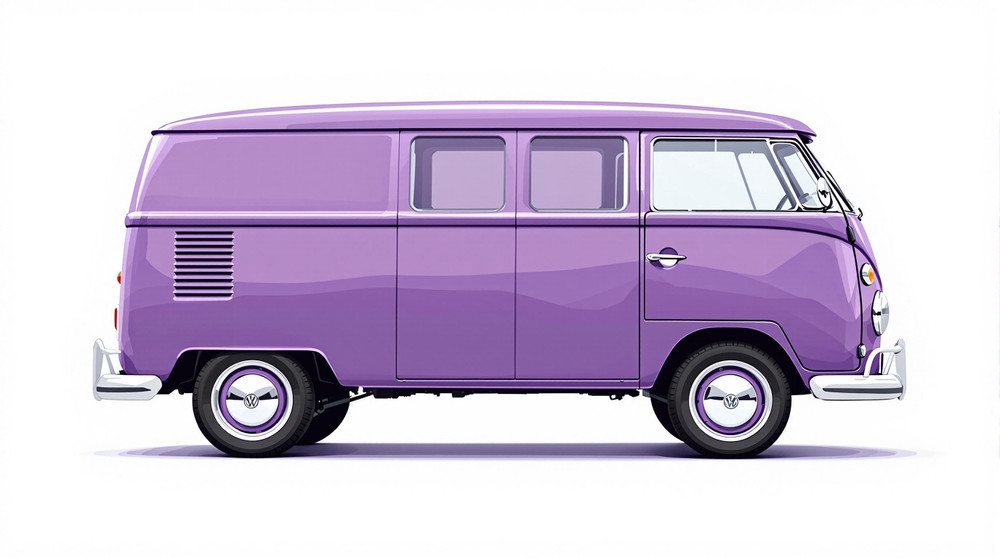Image of 1957 Volkswagen Transporter, Note: These illustrations use artistic license and may differ from actual historical models.
Performance Metrics
Fundamental Metrics
Emotional Appeal
MMP Rating
| Engine Specifications | |
|---|---|
| Engine: | Air-cooled, rear-mounted, flat four-cylinder |
| Displacement: | 1192cc |
| Horsepower: | 30-40hp |
| Torque: | 60-70 lb-ft |
| Compression Ratio: | 6.6:1 |
| Ignition System: | Distributor and coil |
| Cooling System: | Air-cooled |
| Performance Specifications | |
| 0-60 Time: | Estimated 37.5 seconds |
| 1/4 Mile Time: | Not available |
| Top Speed: | 65 mph |
| Transmission and Drive | |
| Drive Type: | Rear-wheel drive |
| Transmission Type: | 4-speed manual |
| Fuel and Efficiency | |
| Fuel System Type: | Carburetor |
| MPG: | Estimated 25-30 mpg |
| Dimensions and Brakes | |
| Brakes: | Drum brakes |
| Wheelbase: | 94.5 inches |
| Weight: | 2,600 lbs |
Note: Specifications for classic cars are given to the best of our ability, considering the limited and variant data available.
Unveiling the Quintessential 1957 Volkswagen Transporter Van
From the bustling streets of post-war Germany emerged a vehicle that would become an icon of automotive history—the 1957 Volkswagen Transporter Van. Crafted by the hands that brought the world the beloved Beetle, this van was Volkswagen's ingenious answer to the needs of small businesses and large families alike. Its distinctive shape and versatile nature made it a staple of the era, and a unique fact about this model is that it was affectionately dubbed the "Microbus" by its legion of fans, due to its miniature size compared to American vans of the time.
Design and Innovation
The Transporter's exterior styling was a symphony of form and function, with its rounded lines and friendly face. The split windshield, known as the 'Splittie', and the V-shaped front end with a large VW emblem, became hallmarks of its design. Inside, the interior was Spartan yet functional, with a simple dashboard and durable materials intended to withstand the rigors of utilitarian use. Despite its workmanlike nature, the van featured some impressive technological features for its time, including a rear-engine layout that allowed for a spacious interior.
Color options ranged from muted tones to vibrant hues, reflecting the exuberant spirit of the 50s. Sealing Wax Red and Chestnut Brown were popular choices, often complemented by a contrasting white roof. The Transporter was available in various body styles, including the Kombi, Panel Van, and the Microbus Deluxe, with the latter being the most coveted for its additional windows and sunroof.
Historical Significance
The 1957 Volkswagen Transporter Van didn't just transport goods; it carried with it a revolution in automotive design. Its rear-engine configuration inspired a generation of vans and small trucks, proving that utility vehicles could be compact yet capacious. The Transporter's design ethos of simplicity and reliability set it apart from its contemporaries and laid the groundwork for the modern minivan.
Performance and Handling
Performance-wise, the Transporter was never about speed—it was about getting you there with reliability. With a top speed hovering around 60 mph and leisurely acceleration, it wasn't going to win any races. However, its handling was praised for being nimble in urban environments, thanks to its tight turning radius. The driving experience was characterized by a distinctive air-cooled engine thrum and an honest, tactile connection between driver, machine, and road.
Ownership Experience
The 1957 Volkswagen Transporter Van served many roles—from a daily driver to a show car, and occasionally even as a quirky racer in vintage events. Its maintenance was straightforward, endearing it to owners who appreciated its mechanical simplicity and ease of repair. This accessibility contributed to its enduring legacy as a beloved classic.
Fun Facts
Among the trivia that surrounds this classic van is its association with the counterculture movement of the 1960s, making it an emblem of freedom and adventure. While some criticized its lackluster power output, others saw it as a canvas for personal expression through customization. The Transporter also held records for its endurance and versatility in various roles from postal services to ambulances.
Collector's Information
Today, the 1957 Volkswagen Transporter Van holds a special place in the hearts of collectors. While production numbers were substantial, surviving examples in pristine condition are rare. Values can range significantly based on condition and originality, with well-restored Microbus Deluxe models fetching north of $100,000 at auction. The market trend shows an appreciation in value as nostalgia and rarity continue to drive demand.
Conclusion
The 1957 Volkswagen Transporter Van is more than just a vehicle; it's a cultural touchstone that represents innovation, versatility, and a spirit of adventure. Its legacy endures in every enthusiast's garage and in every glance it receives on the road—a true testament to its timeless appeal.
1957 Volkswagen Transporter Catalog of Parts
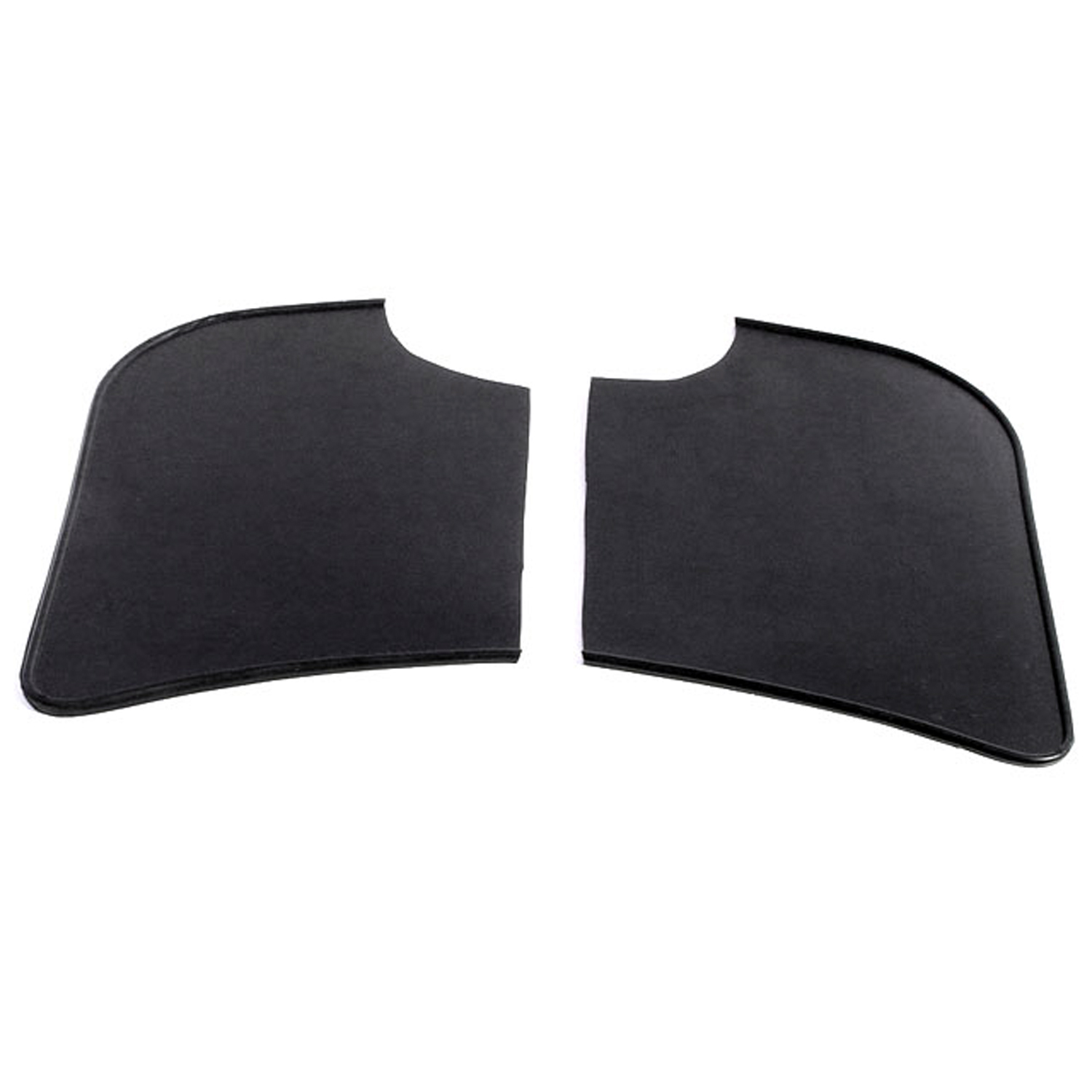 1957 Volkswagen Transporter Gravel Shields. Molded flat without metal backing plates-FS 40Gravel Shields. Molded flat without metal backing plates. Apply with contact cement. 7-5/8" long X 5-5/8" wide at top. Pair
1957 Volkswagen Transporter Gravel Shields. Molded flat without metal backing plates-FS 40Gravel Shields. Molded flat without metal backing plates. Apply with contact cement. 7-5/8" long X 5-5/8" wide at top. Pair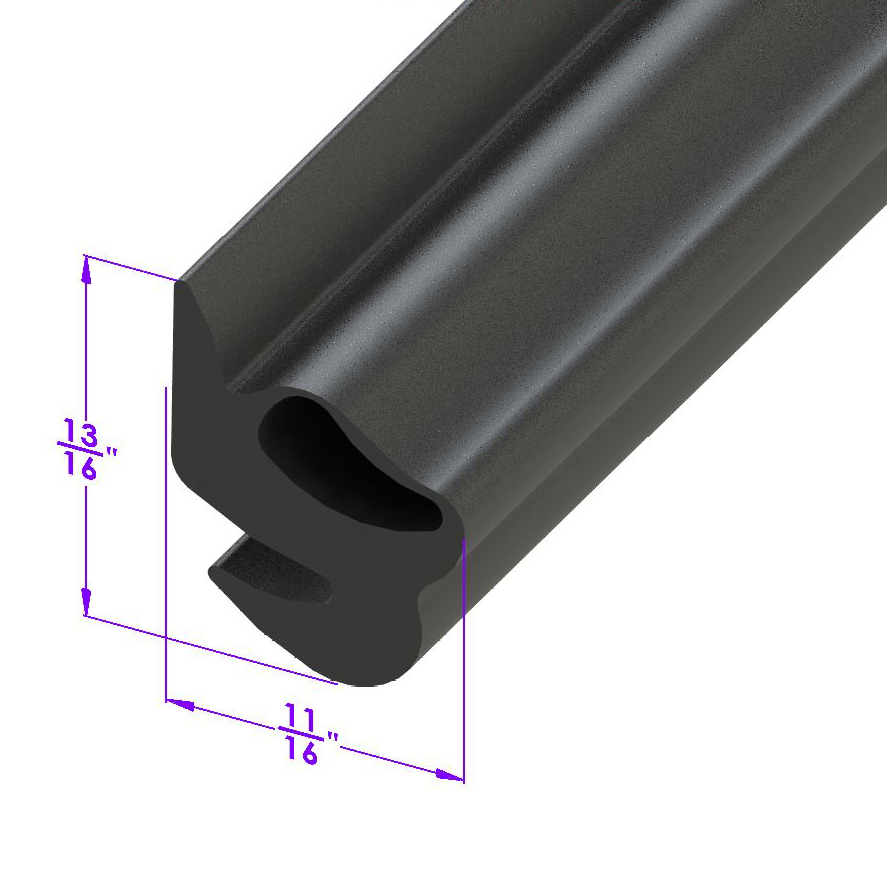 1957 Volkswagen Transporter Swing-Out Windshield Seal. 14 feet used per car-LP 112Swing-Out Windshield Seal. 14 feet used per car. Sold by the foot
1957 Volkswagen Transporter Swing-Out Windshield Seal. 14 feet used per car-LP 112Swing-Out Windshield Seal. 14 feet used per car. Sold by the foot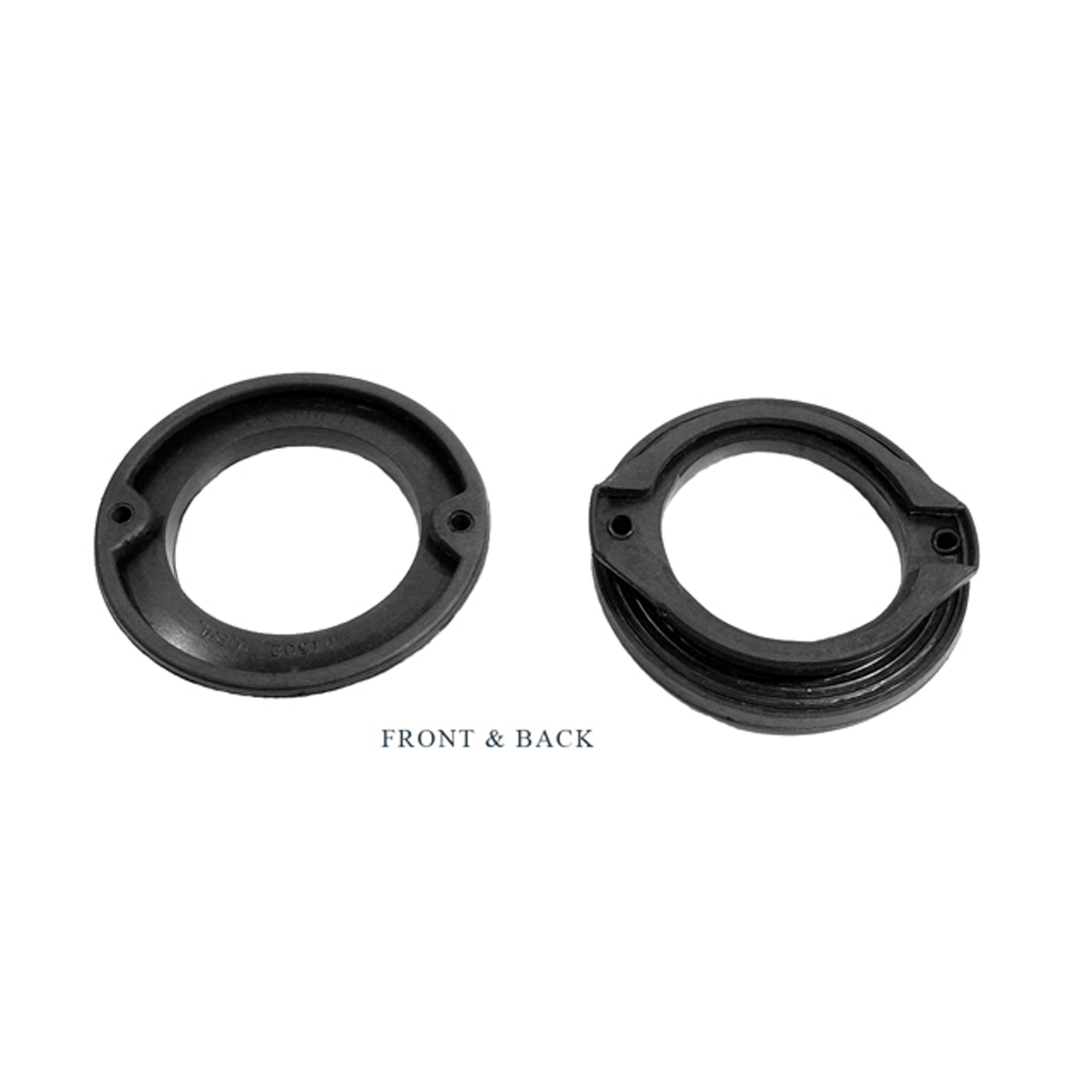 1957 Volkswagen Transporter Tail-light Pads. Thick base. 3-1/2" O.D., 2-1/4" I.D-MP 1502Tail-light Pads. Thick base. 3-1/2" O.D., 2-1/4" I.D. Pair
1957 Volkswagen Transporter Tail-light Pads. Thick base. 3-1/2" O.D., 2-1/4" I.D-MP 1502Tail-light Pads. Thick base. 3-1/2" O.D., 2-1/4" I.D. Pair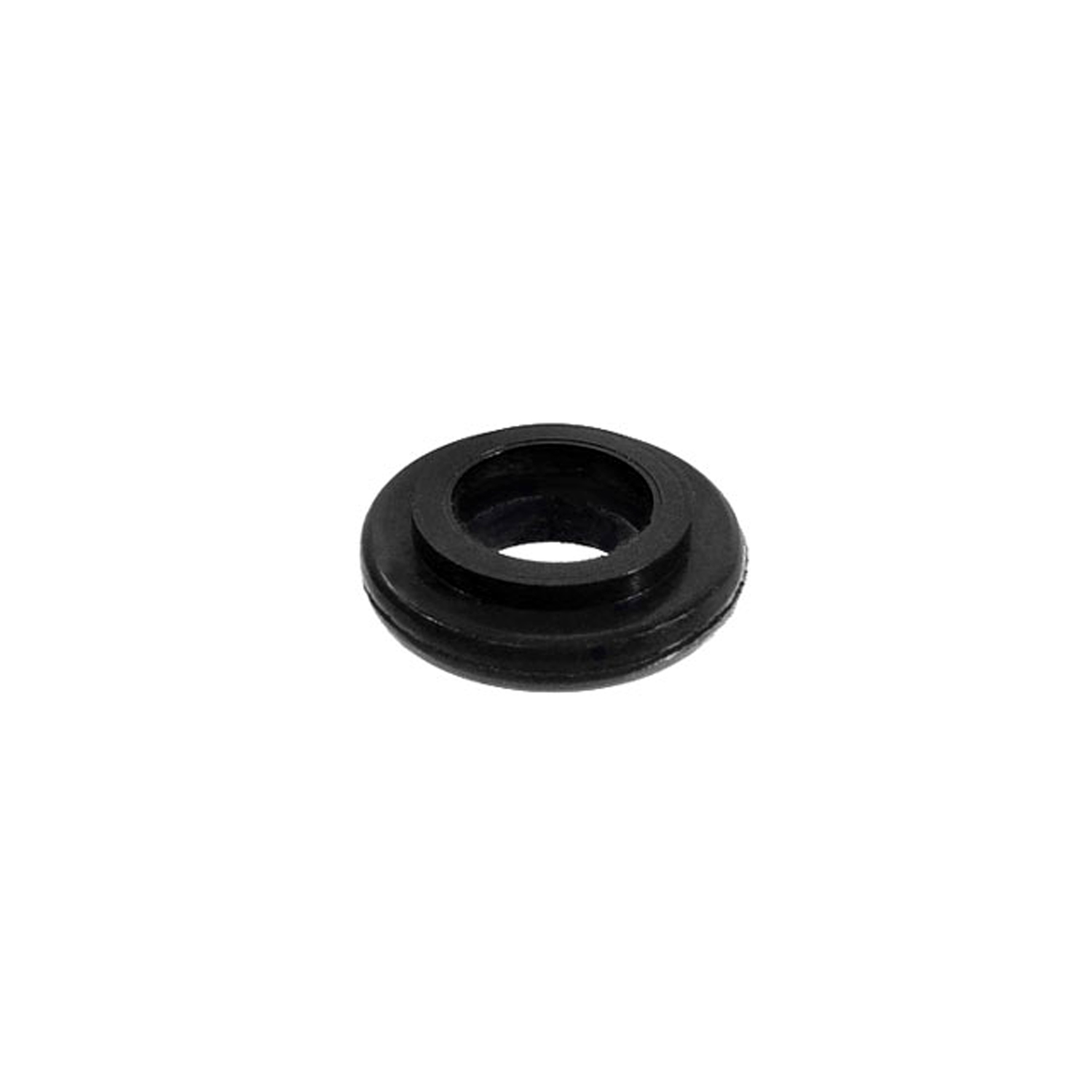 1957 Volkswagen Transporter Oil Cooler Seal. 7/16" I.D., 7/8" O.D. Each-RP 8-BOil Cooler Seal. 7/16" I.D., 7/8" O.D. Each
1957 Volkswagen Transporter Oil Cooler Seal. 7/16" I.D., 7/8" O.D. Each-RP 8-BOil Cooler Seal. 7/16" I.D., 7/8" O.D. Each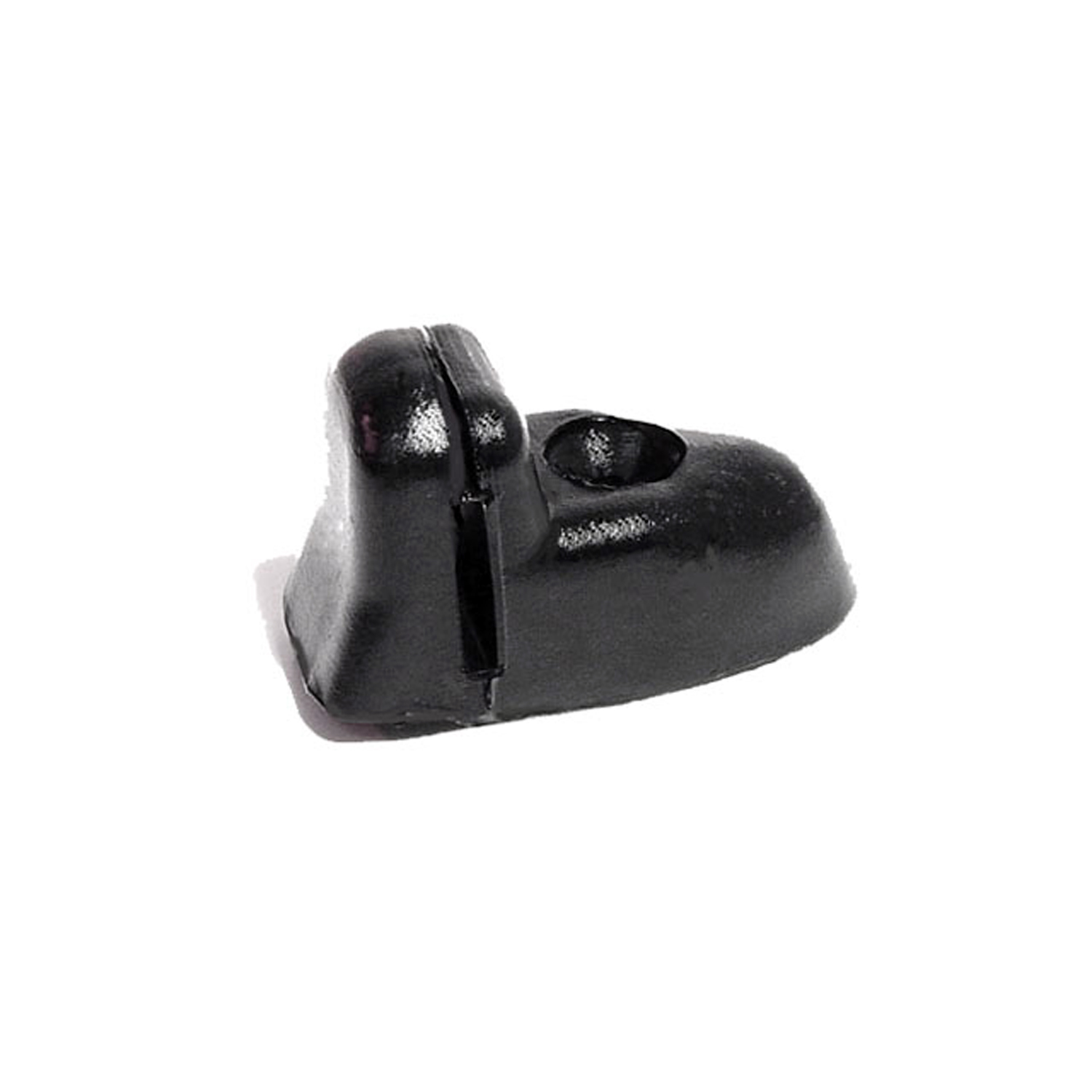 1957 Volkswagen Transporter Windshield Wiper Hold-Down Grommet-SM 35-AWindshield Wiper Hold-Down Grommet. Fits in front of windshield. Two used per bus. Each
1957 Volkswagen Transporter Windshield Wiper Hold-Down Grommet-SM 35-AWindshield Wiper Hold-Down Grommet. Fits in front of windshield. Two used per bus. Each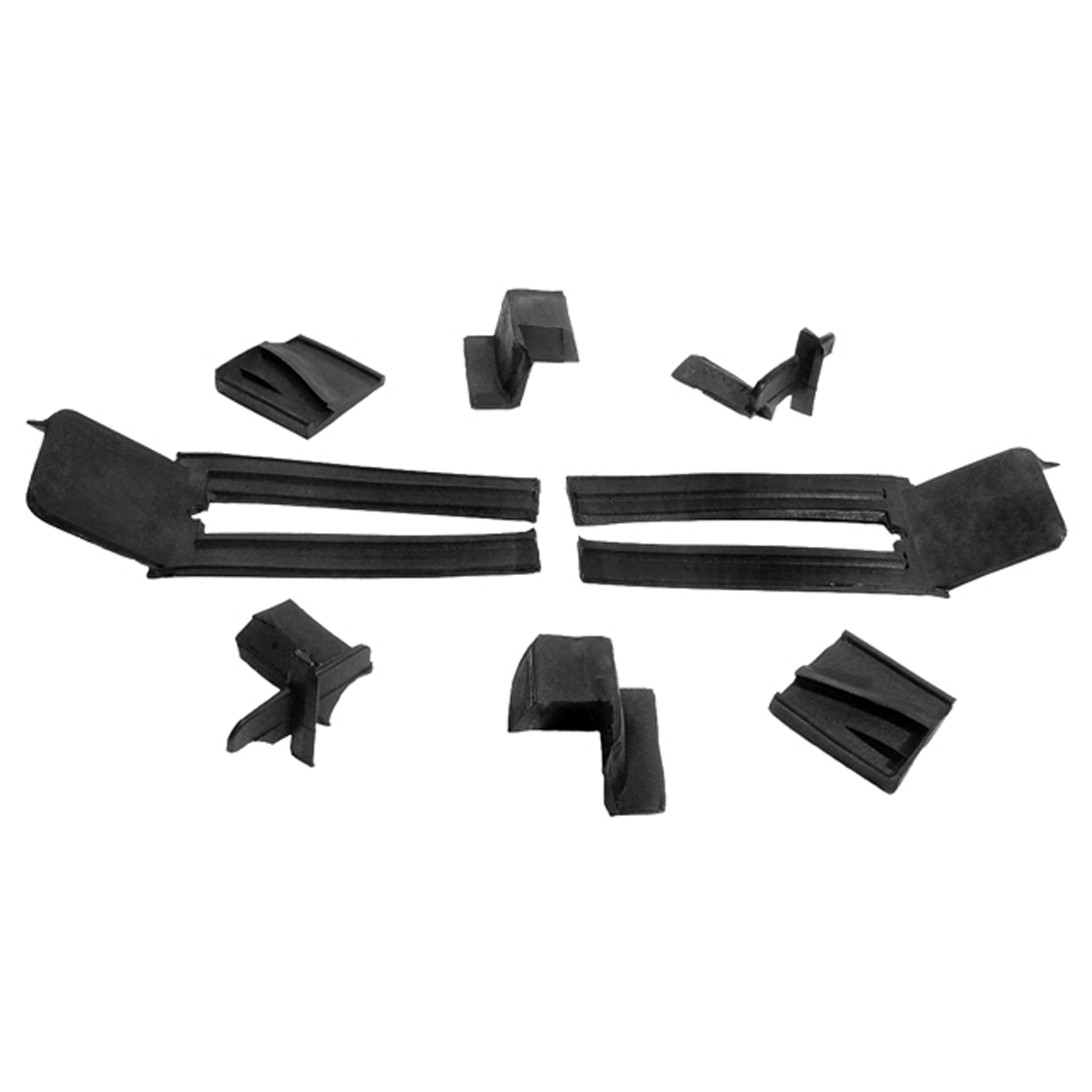 1957 Volkswagen Transporter Auxillary Window Seal Kit for Convertibles (ALP 10, ALP 10-A-WK 400Auxillary Window Seal Kit for Convertibles (ALP 10, ALP 10-A, ALP 10-B, ALP 10-C) 8-Piece Kit
1957 Volkswagen Transporter Auxillary Window Seal Kit for Convertibles (ALP 10, ALP 10-A-WK 400Auxillary Window Seal Kit for Convertibles (ALP 10, ALP 10-A, ALP 10-B, ALP 10-C) 8-Piece KitWhy Choose Metro?
For over 100 years, Metro Moulded Parts has been the pinnacle of quality in classic car restoration parts. Our commitment to precision and authenticity in every component ensures a perfect fit and an OEM-level appearance.
- Expert Craftsmanship & Quality: Each part is a testament to our dedication to reliability and perfection, crafted from original designs and thoroughly tested.
- Advanced Technology: We use cutting-edge techniques to create flawless, long-lasting parts that surpass others in performance.
- SuperSoft Sponge – The Ultimate Door Seal: Not only are our door seals 30% softer than competitors', but they're also guaranteed to never leak. They effectively reduce wind and road noise, enhancing your classic car's comfort and driving experience.
- Proudly American: Our parts are a product of American craftsmanship, made in the USA with a spirit of excellence and heritage.
- Unrivaled Warranty: We back our products with a 30-year industry-leading warranty, a testament to our confidence in their quality.
Join us in preserving the legacy of classic cars with parts that are crafted for perfection, not just made.

